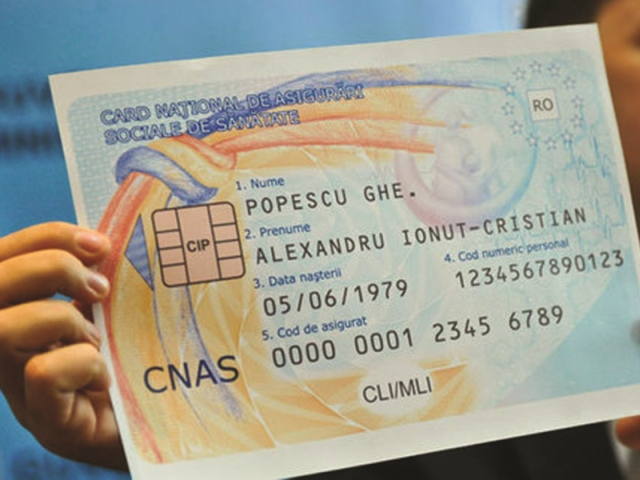The health e-card
Romania has introduced health cards, which become operational beginning February 1st

Valentin Țigău, 02.02.2015, 14:02
Originally due to be introduced in 2006 as part of a sweeping reform of the public healthcare system, the health cards became a legislative priority only after 2010, their introduction prompting heated debates. In the end, some 12 million cards have been issued and distributed to the population, with another 800,000 awaiting their holders to pick them up from the family doctors or the National Health Insurance Authority.
Patients are obliged to present doctors with this card starting May 1 upon contracting any type of medical service, whether with their family doctors, in hospitals or in drug stores. The card carries information on its holder, his full name as well as a system identification number. On request, patients can also add further information on the card, such as their blood type, their medical history, allergies or their status as organ donors. People who refuse to accept this card, for either religious or personal reasons, will have to provide a certificate attesting that they have health insurance, which is valid for 3 months. Specialists claim the successful implementation of the health cards is an important step forward for the Romanian healthcare system. E-prescriptions and health cards are becoming constituent elements in the process of bringing Romania’s health system in line with European standards.
This reform will increase the state’s control over the circulation of money in the system by stepping up the transparency of financial management and enhancing the control of medical services and state-subsidized drugs. One of the critical issues facing the Romanian health system is severe under-financing, a phenomenon also rooted in the state’s inability to monitor the circulation of money in the system.
A better management of funds will virtually bring about more money available for treating patients. The card has other benefits as well for the patients, such as less bureaucracy, as the card replaces the medical insurance certificate and their employment certificate. In the long term, the card will help improve the quality of medical services, allowing for a better assessment of the number of patients and the medical services they access.






























